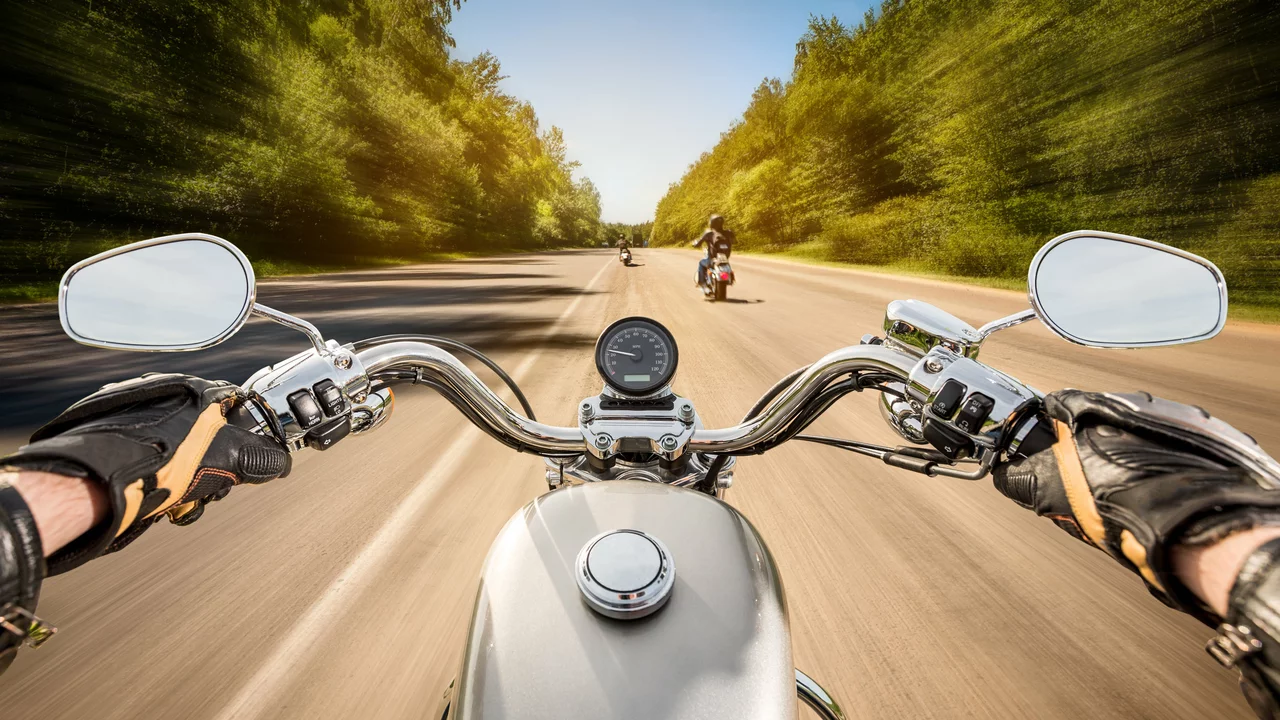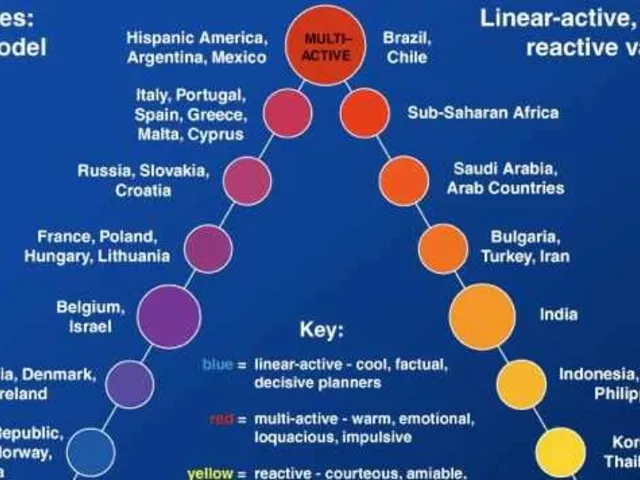Danger comparison: simple steps to judge risks
Not all dangers deserve the same attention. Some threats are loud but harmless, others are quiet and deadly. This tag groups articles that compare risks—think food safety, health worries, or whether a news outlet is worth trusting. Here you'll learn how to spot what really matters and make faster, safer decisions.
Start by asking two things: how likely is the harm, and how bad would it be if it happened? If something is very likely but minor, you handle it differently than something rare but catastrophic. Those two numbers—probability and severity—drive most good comparisons.
Quick checklist for comparing dangers
Use this short checklist whenever you read an article that weighs risks.
1. Identify the harm. Be specific: food poisoning, long-term illness, financial loss, reputation damage. Vague wording hides real risk.
2. Check how likely it is. Look for numbers, timeframes, or common scenarios. Statements like "rare" or "common" without context are weak.
3. Measure severity. Is it a mild setback, a hospital visit, or life-changing? The bigger the harm, the more cautious you should be.
4. Consider exposure. How many people are affected and for how long? A small risk that hits many people can be worse than a big risk that hits one person.
5. Look for mitigation. Can simple actions reduce the risk? Refrigerating leftovers, following hygiene rules, or verifying a source can change your response.
How to read comparison pieces
Writers compare dangers in different ways. Some use clear facts and numbers; others use stories or opinions. Prefer articles that explain trade-offs and list evidence. For example, pieces about food—like whether Indian food left out overnight is safe—should mention bacteria growth, time limits, and signs of spoilage. Lifestyle comparisons—say, which newspapers are reliable—should point to specific errors, sourcing habits, and editorial policies.
When you see dramatic language, pause. Sensational words often push emotion, not facts. Good comparison writing admits uncertainty: it will say what we know, what we don’t, and how likely each outcome is.
Use the site’s tag pages to find related posts and compare them yourself. Read more than one angle. If one article says "very risky" and another says "minor risk," check the data behind both claims. Often the truth sits between extremes.
Finally, make practical choices. If a risk is small and easy to fix, take the fix and move on. If a risk is big or unclear, slow down, gather more info, and use proven safeguards. Comparing dangers is not about fear—it's about smart action.

Which is more dangerous, riding a bike or a car in Indian roads?
Navigating through the chaos of Indian roads, one often wonders whether it's riskier to ride a bike or drive a car. From my perspective, bike riding carries more risk due to less physical protection, exposure to environmental conditions, and the need for balance. On the other hand, cars are safer but not without their dangers, including high-speed accidents. However, regardless of your vehicle of choice, the key to safety lies in responsible driving and adherence to traffic rules. In conclusion, while both have their risks, the vulnerability of bike riders seems to tip the scale towards them being the more dangerous option.
Categories
- Social Issues in India (3)
- Sports (3)
- Business & Markets (2)
- Weather & Climate (2)
- History and Politics (1)
- Quick and Easy Indian Breakfast Recipes (1)
- Food and Culture (1)
- Road Safety & Transportation (1)
- Cultural Experiences/Travel & Living Abroad (1)
- Technology Reviews (1)


